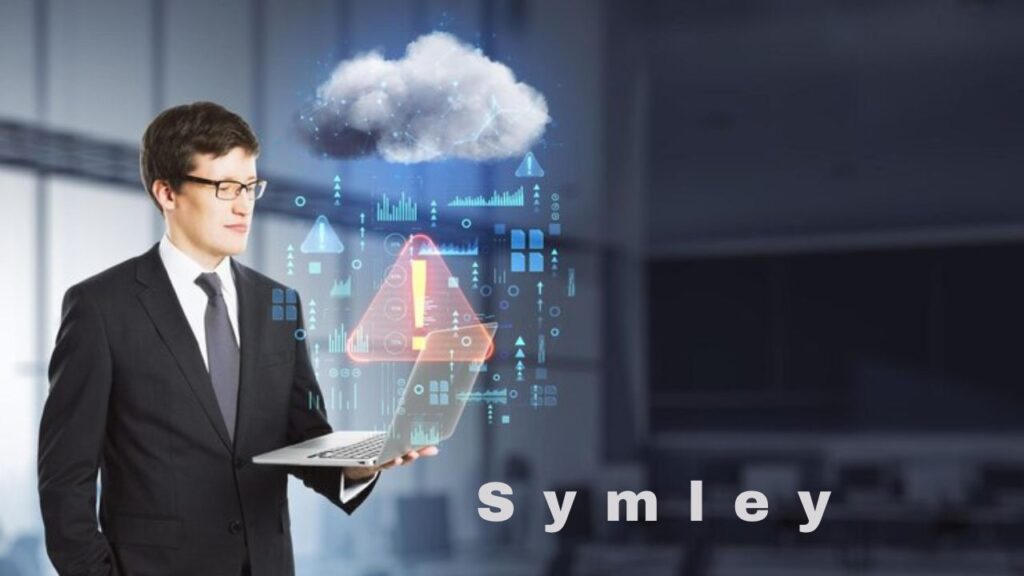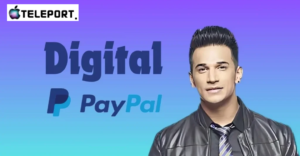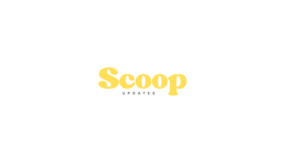
deciphering the Symley: A records and Evolution of the iconic image
The standard symley, every so often referred to as a symley face, is more than just a collection of dots and a curve. It is a cultural phenomenon, a digital handshake, and a image that has transcended language boundaries for many years. however in which did the symley come from, and how has it developed through the years?
The start of the Symley Decade: 1960s
The Nineteen Sixties may be taken into consideration the symley decade. While there have been in advance examples of using punctuation marks to create facial expressions, the Nineteen Sixties saw the substantial adoption of the symley as a shape of conversation.
One of the earliest documented makes use of of a symley changed into in 1963. Coverage salesman Lester Knight is credited with providing the use of a colon and a parenthesis to indicate a smile in inner company correspondence to improve morale.
The start of the symley Decade: 1960s
In 1967, at some point of a specifically difficult time for the business enterprise he labored for, Ball created a yellow symley face pin to reinforce employee morale. The layout, with its simple eyes and upturned mouth, fast won recognition and unfold beyond the enterprise partitions.
Past the fundamentals: The rise of Emoticons
The 1970s and Eighties noticed the symley evolve into greater complex expressions. With the rise of early pc verbal exchange like teletype and email, people began using a combination of punctuation marks, letters, and numbers to create emoticons – a portmanteau of “emotion” and “icon.”
Those early emoticons used easy symbols to convey a much broader range of emotions. A colon accompanied with the aid of a closed parenthesis ): indicated sadness, while a colon and a capital D signified a huge grin: D.
The Symley is going virtual: The start of Emoji
The 1990s witnessed the virtual revolution, and the symley embraced the brand new frontier. In 1997, Shigetaka Kurita, a eastern computer scientist running for NTT DoCoMo, created the first set of emoji.
Those virtual symleys, or emoji (that means “image” + “person” in jap), presented a broader spectrum of emotional expression than traditional emoticons. They protected facial expressions, items, and movements, taking into account greater nuanced communication.
The symley these days: A worldwide Icon
These days, the symley has become a ubiquitous symbol. The impact of the Smiley goes beyond virtual communication. it is end up a symbol of positivity and lightheartedness, appearing on the entirety from apparel to products. Artists like the overdue singer Tracee Smiley even included the Smiley into their level personas, further solidifying its cultural importance.
FAQs on symley and Emoticons
Right here are some regularly asked questions about symleys and emoticons:
What is the difference among a symley and an emoticon?
A Smiley is a simple visible illustration of a smile, generally made with punctuation marks. An emoticon is a more complex mixture of punctuation marks, letters, and numbers used to create facial expressions and produce emotions.
What is the starting place of the word “emoji”?
Emoji comes from the japanese phrases “e” (that means “photo”) and “moji” (meaning “person”).
What number of emoji are there?
The Unicode Consortium, the agency chargeable for retaining emoji requirements, often adds new emoji. As of 2022, there are over 3,600 permitted emoji characters.
Why are Smiley and emoji so popular?
Smiley’s and emoji provide a short and easy way to explicit emotions and upload persona to digital conversation.
Conclusion: The symley Enduring Legacy
The symley, from its humble beginnings within the 1960s to its digital explosion as emoji, has turn out to be an essential part of our conversation landscape. It serves as a reminder that a easy symbol can have a profound effect on how we connect to each different. As generation continues to conform, the Smiley will surely maintain to find new approaches to explicit ourselves and upload a hint of lightheartedness to our digital interactions.







